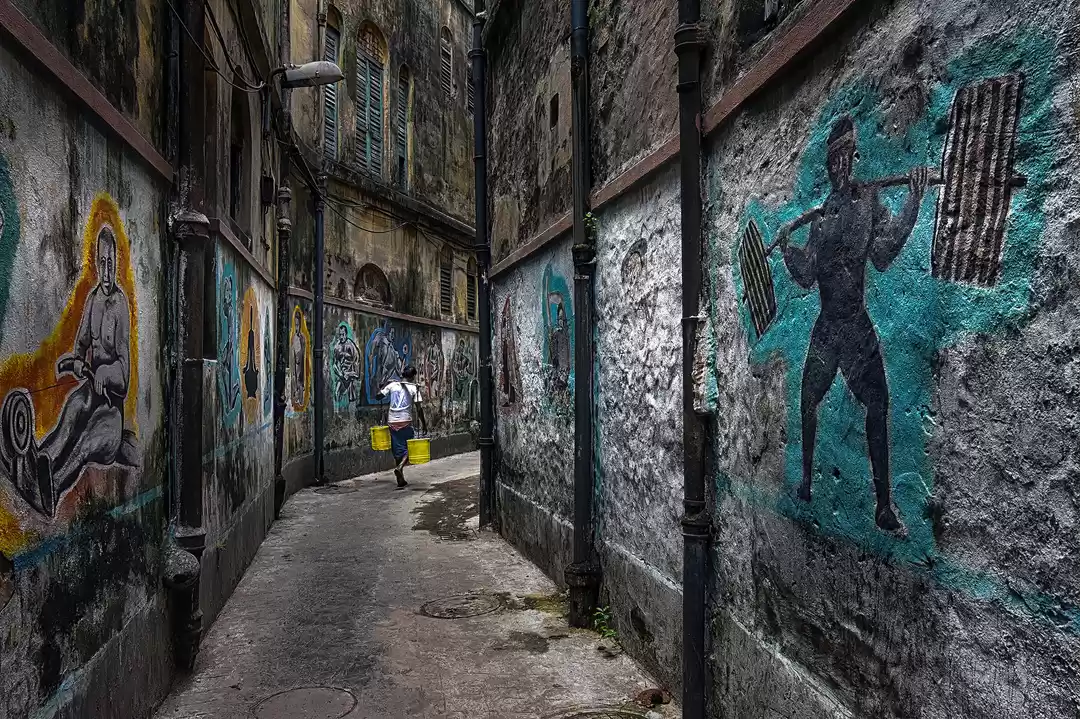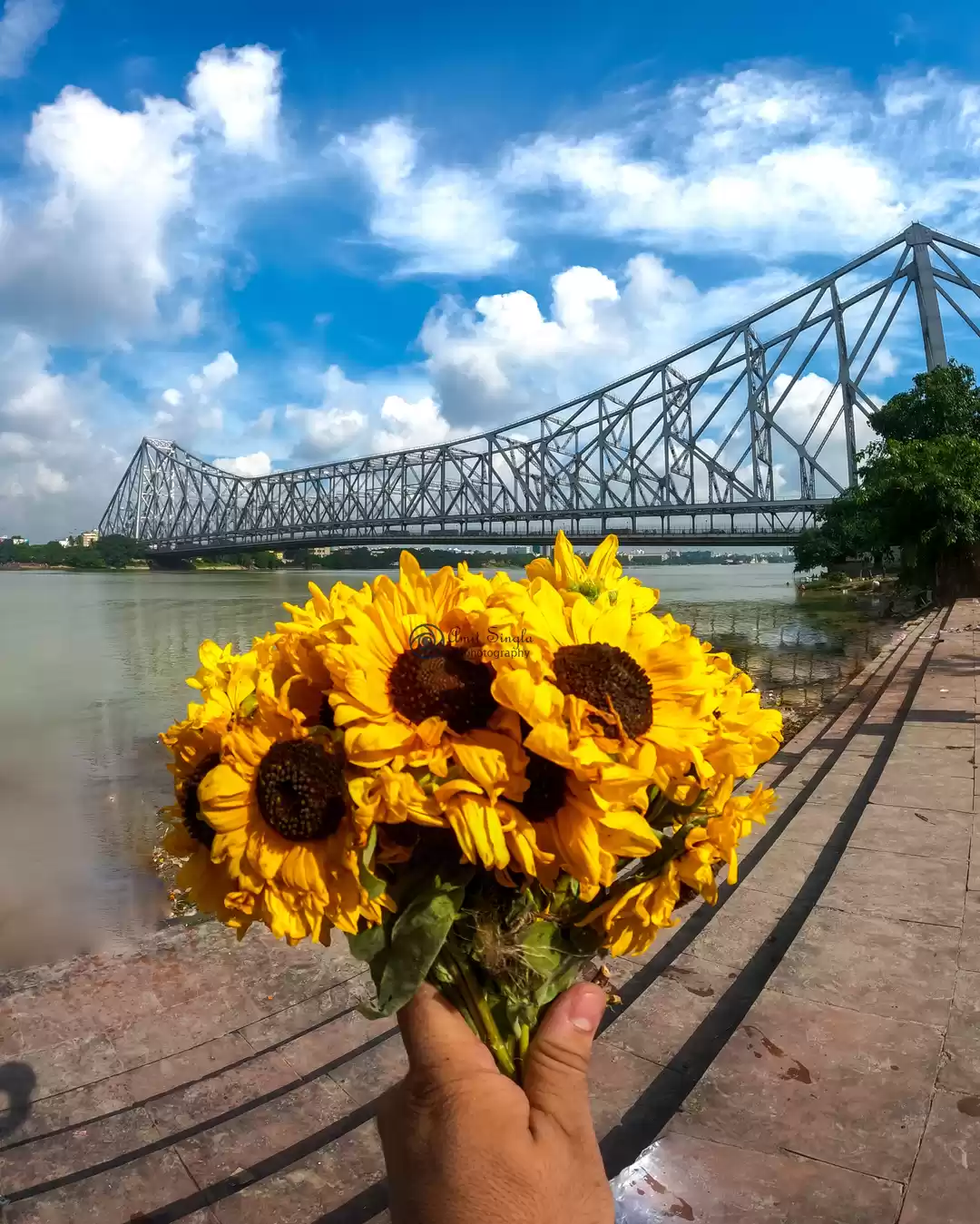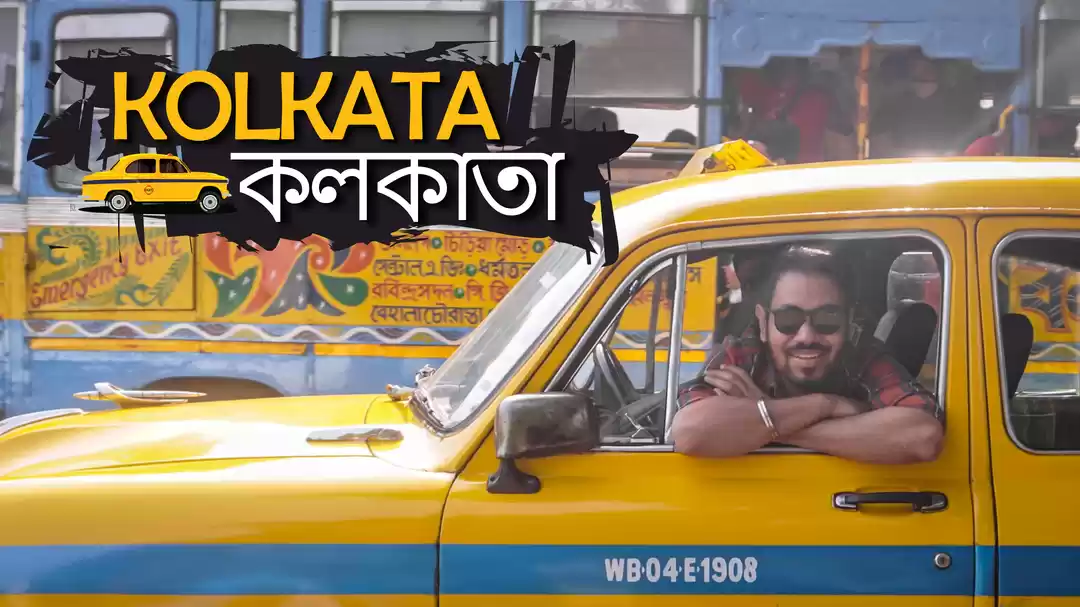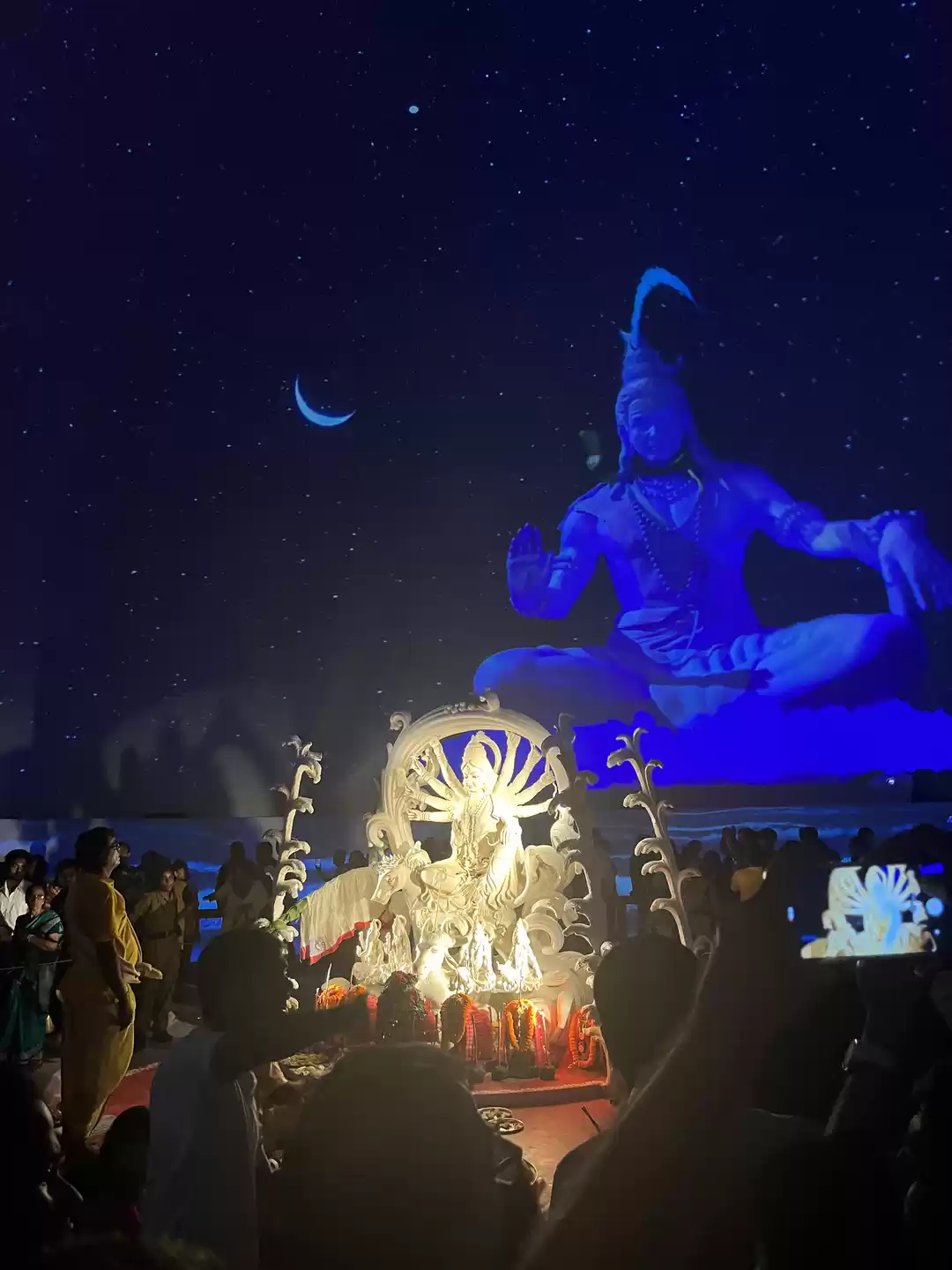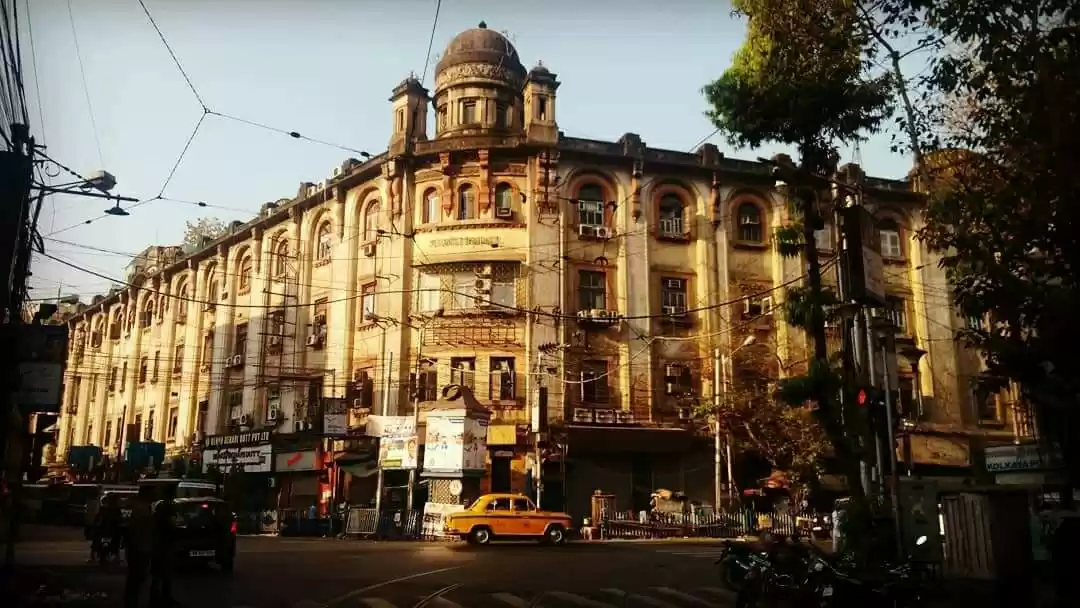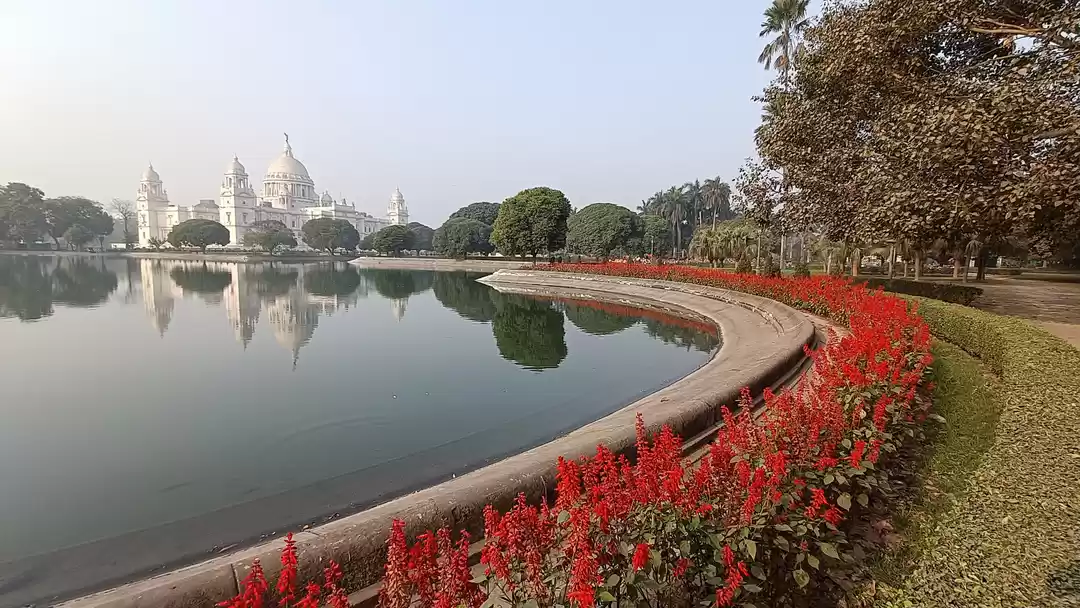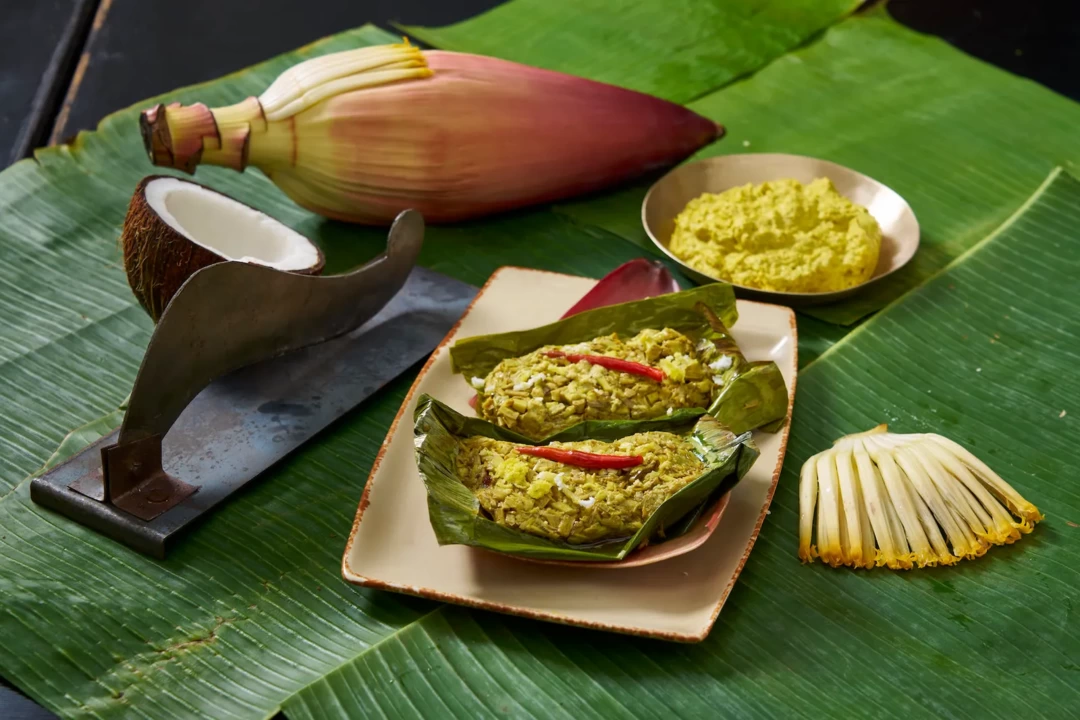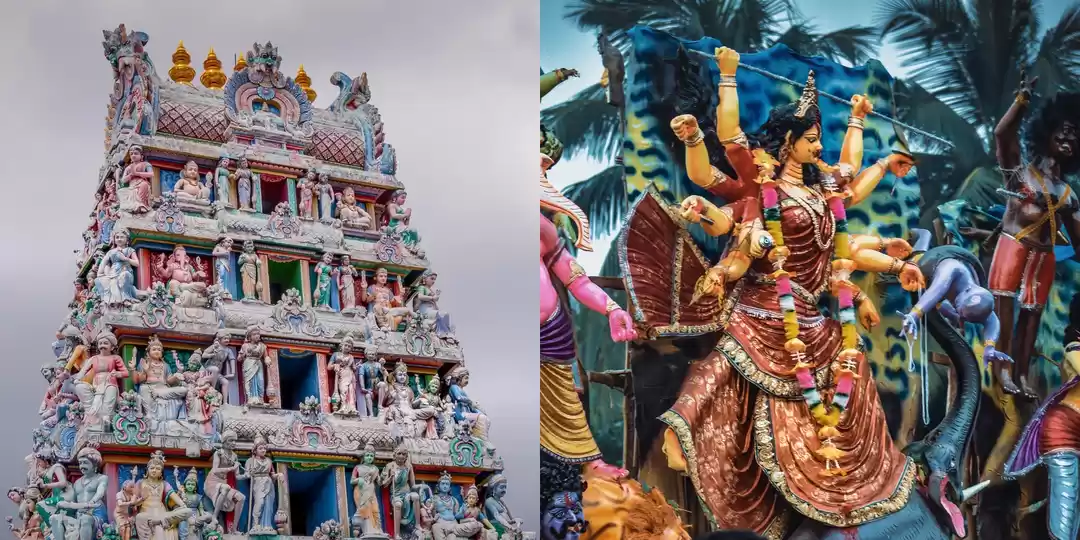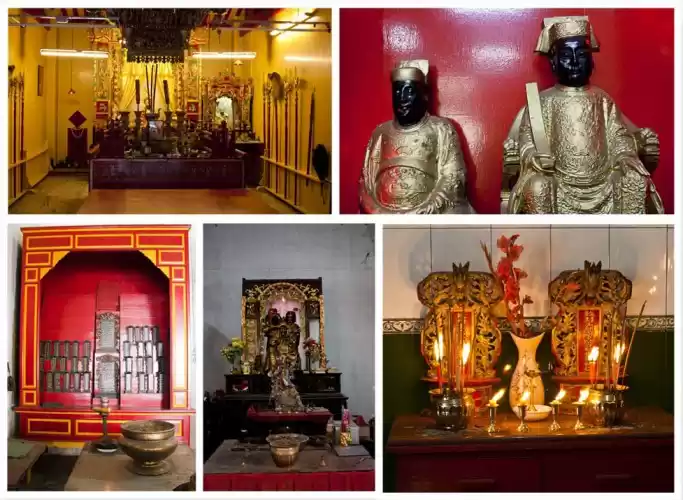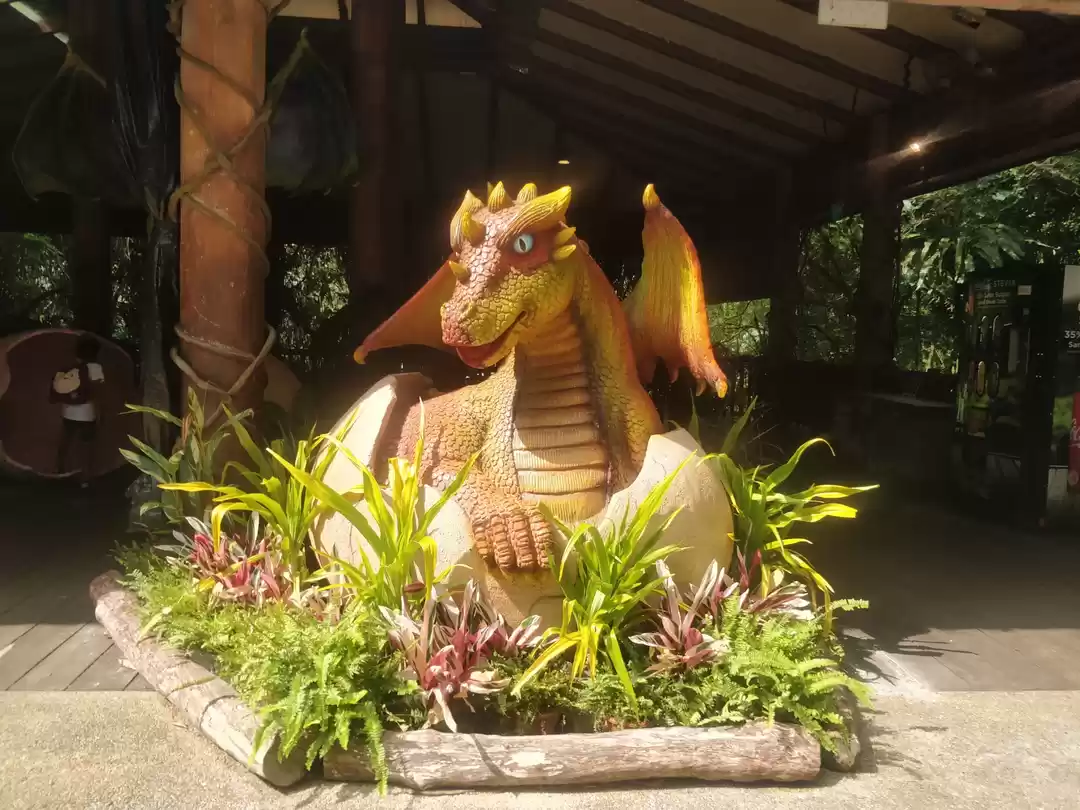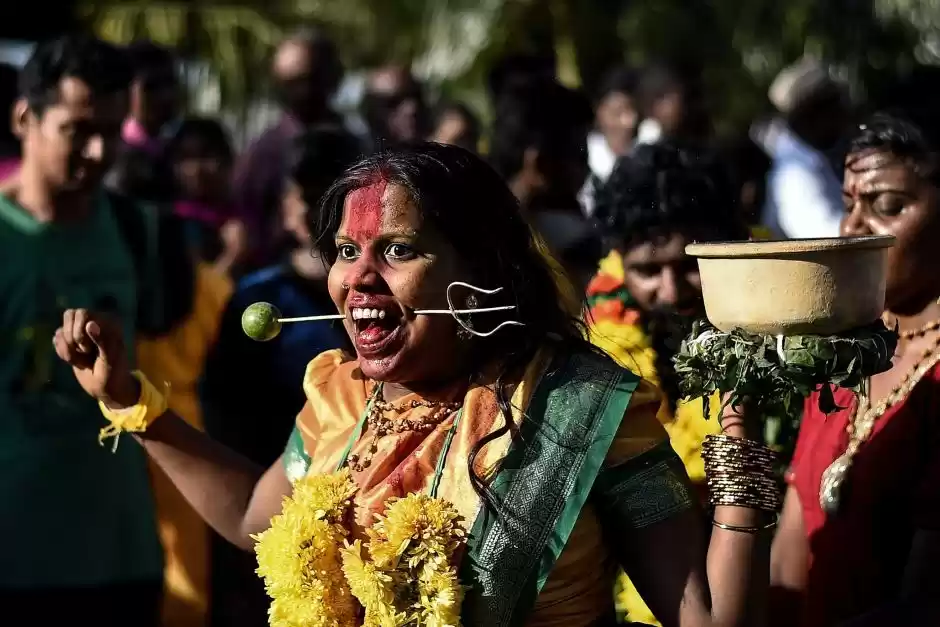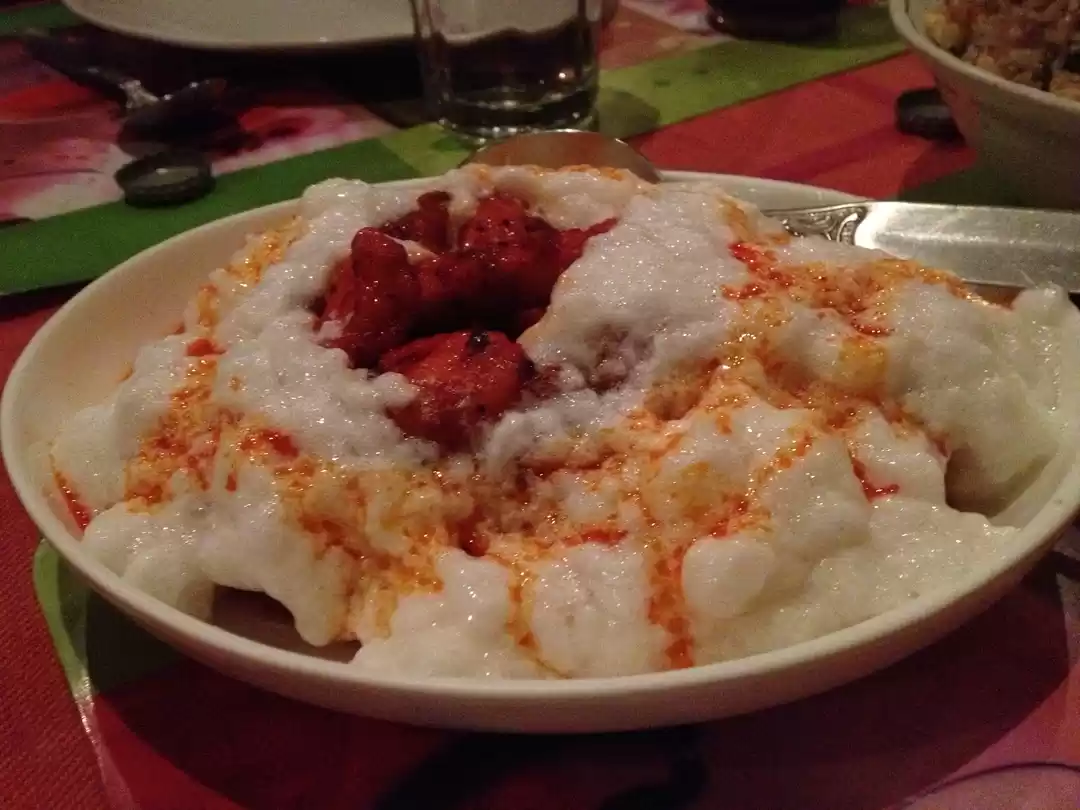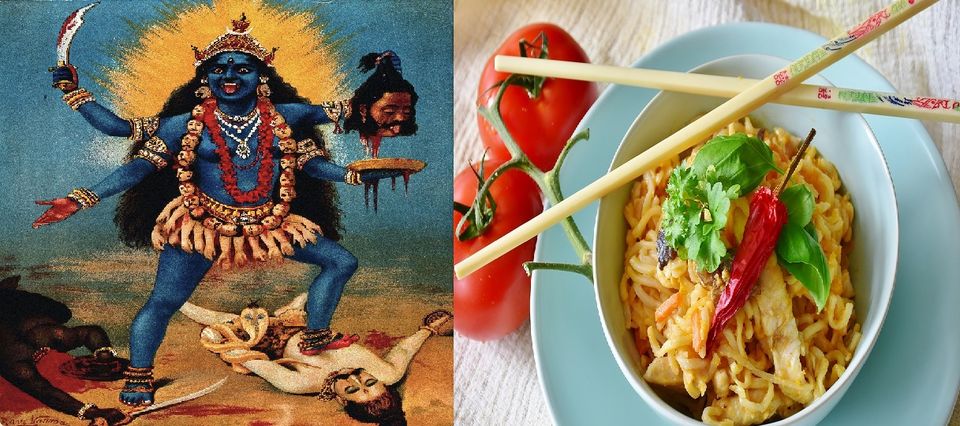
Hustling through the colourful streets of Kolkata, culture and delectable food come your way without efforts. It’s only about how much is one willing to take in and give into. The exquisite myriad of victuals and flavours here adeptly satisfy all types of hungers. One such craving was born in me when I desperately wanted a taste of Chinese food.
Upon probing with the locals, I was introduced to Chinese Kali Mandir. The temple looks like any other, devoted to this kickass deity. What sets it apart though is the offering. While most temples stick to sweets and flowers, this one has Chinese food – noodles, rice and even chopsuey! And its story has everything that represents the spirit of India.

How To Reach:
Finding this temple was quite a task. The temple lies in the Chinatown region of Tangra, where majority of the residential population is that of Chinese people. Tangra Chinatown is about 1 km before Science City. The main left before Science City leads straight to the place.
History:
It is believed that no longer than about 60 years ago, there were a couple of sindoor wearing black rocks in place of this temple. Some Indians used to worship these stones as an altar of Goddess Kali. Then one day, family of a 10-year old Chinese boy came here, seeking blessings for their terminally ill child. They worshipped here for several days until finally the boy was miraculously cured. Since then, the Chinese consider this temple an integral part of their community.
Rituals:

The caretaker is Ison Chen, a 55-year old local. He informed that a Bengali pundit comes in for morning and evening aarti. The temple is a suitable example of unity and acceptance in India where two different cultures have come together so naturally.
Though the Chinese and Hindu neighbourhoods maintain a peaceful distance from each other on most of the days, things take a lively turn as Pujo (Kali Puja) approaches. People from all crosses of the society take responsibilities and contribute to the celebrations.

On regular days, it’s mostly the Chinese people who visit the temple. They leave their shoes out and enter the temple to seek blessings. Chinese incense sticks are used inside that gives the temple a unique and peace-inducing aroma.
Ison mentions they burn handmade paper to ward off evil spirits. Watching him do the Chinese pranam with incense sticks in his hand as he bowed three times, triggered so many thoughts.
We don’t need to be natives of the same country or belong to the same religion to have a common faith. These are the values that India has always stood for. And this is the kind of motivation we need in the present day.
Share your travel stories with Tripoto.
Get travel inspiration from us daily! Save and send a message at 9599147110 on Whatsapp to start.


